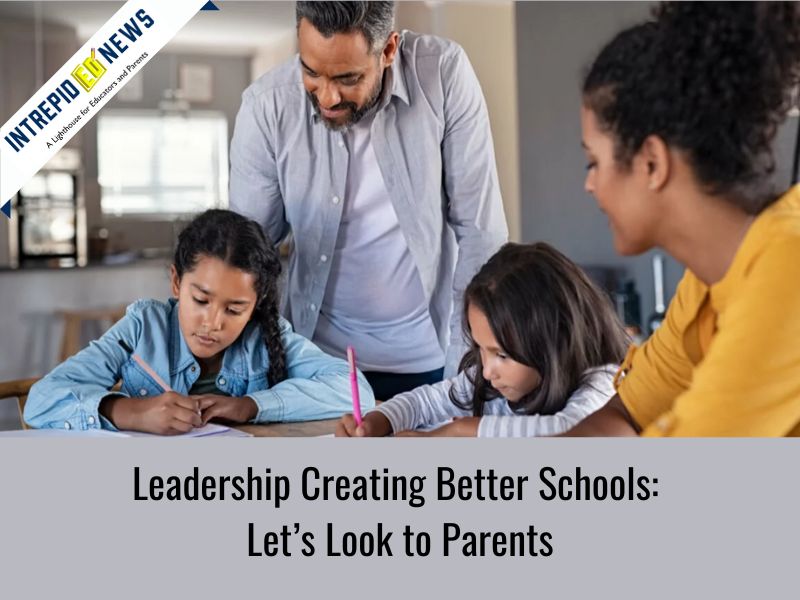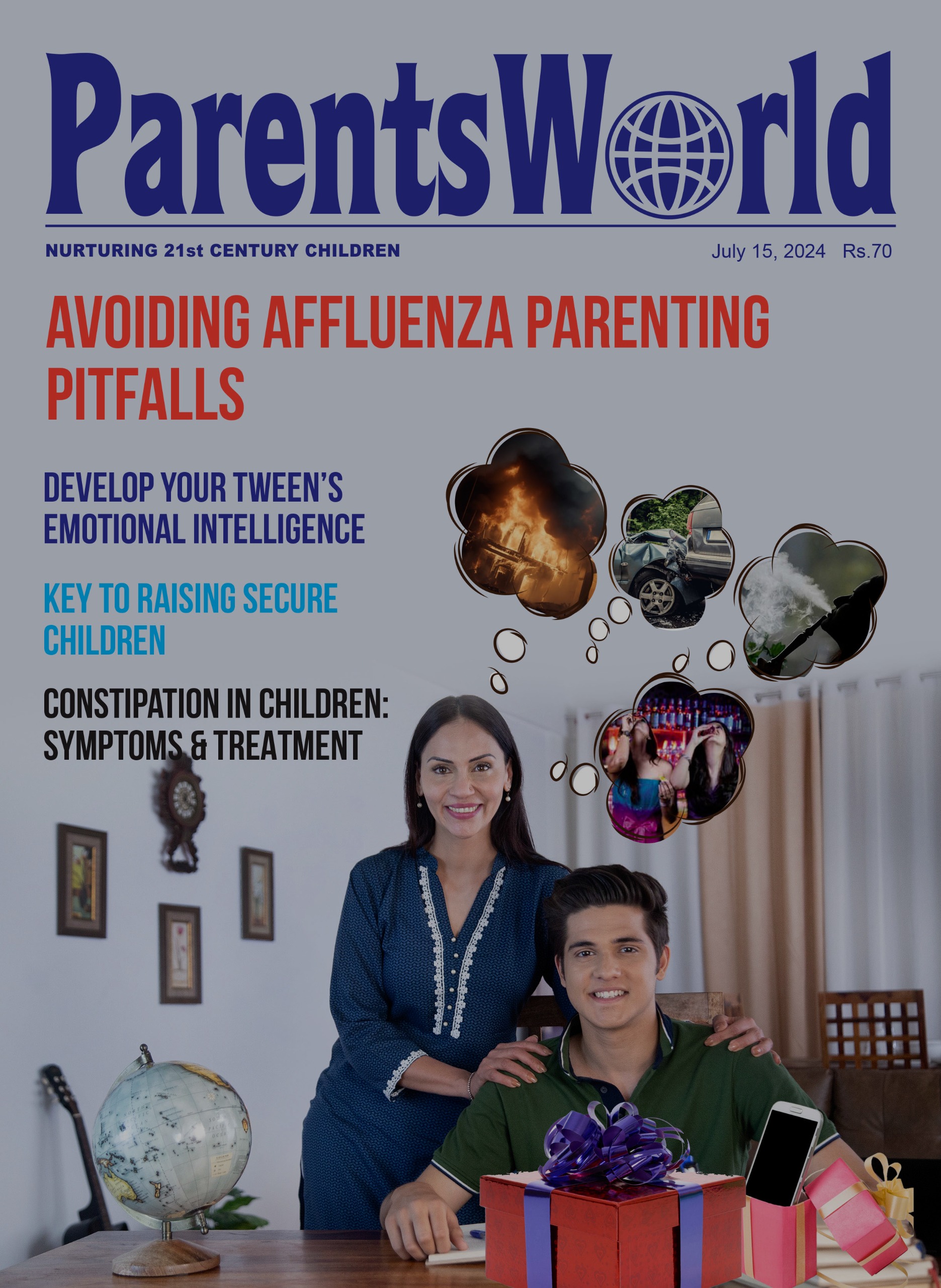This article is republished with permission from IntrepidEd News
Alden Blodgett
— Heather McGhee, The Sum of Us: What Racism Costs Everyone and How We Can Prosper Together
Researchers offer us important insights into how we learn, insights that suggest a need to rethink both learning and teaching. The pandemic and the shambles of online learning have only highlighted the persistent problems with traditional schooling—problems that have characterized schools for over 100 years: lack of student motivation and deep engagement, the meaninglessness of emphasizing and assessing memorization, poor learning outcomes, and the damage inflicted by grades. It is way past time for us to rethink how we have designed schools: their structures, practices, and policies reflect outdated assumptions about how people learn. New knowledge offers educators the possibility of creating better schools, and parents could play a significant role as creative partners in achieving this goal.
Insights from research
Researchers like Kurt Fischer (former head of the Mind, Brain and Education program at Harvard) and Mary Helen Immordino-Yang (neuroscientist at the University of Southern California) offer real insight into how people learn. Fischer explains that learning anything is a process of building new webs of interrelated skills and conceptual understanding that join different parts of the brain—a web for basketball, for writing an essay, or for pre-algebra, for example. Building these skills requires considerable effort over time from the learner as the skill becomes more complex and stable (capable of being reactivated when needed). This stability comes from a cycle of building a simple skill or understanding, having it fall apart as more complexity or new conditions are introduced, and then rebuilding it.
Most people know exactly what this process feels like though they haven’t always understood it, particularly the part Fischer calls regression. They recall cramming for tests, memorizing definitions and dates, and knowing it all perfectly until they sat down for the exam in the classroom when they suddenly “forgot” everything. Some remember preparing a presentation for a client and understanding the concepts perfectly until they entered the conference room when stress and confusion made a muddle of their pitch. Afterward, they beat themselves up: “Why am I so stupid?”
Fischer explains that how well we do anything—drive a car, solve a math problem, make a presentation—depends on the circumstances, especially when the skill or concept is new and just being learned. Performance depends on the conditions under which the skill must be performed. Even the skills of an experienced salesperson can collapse under the high expectations of a boss and an important client. The newer the skill or concept, the more likely that it will collapse under unfavorable, stressful conditions.
In a focused classroom that is free of distractions with a supportive teacher moving about the room providing a small suggestion here, an encouraging nod there, and/or a sample problem on the whiteboard, a student might well be able to work her way through a problem. She might appear to understand. But at home, without those supports, understanding regresses, requiring parents to assume the role of teacher. And worse, during a test with no support at all with the additional anxiety caused by the pressure to get a good grade, the student might become overwhelmed and seize an opportunity to cheat to save the grade, like trying to peer at the answers of a friend sitting at the next desk.
Immordino-Yang’s research into the unbreakable connection among emotion, thinking, and learning provides additional incentive for rethinking school design: “We think in the service of emotional goals,” she writes. People tend to think about and learn those things that matter most to them. People–children and adults—are driven by their interests, needs, and curiosity, but schools are built on what matters most to adults and what adults believe ought to matter to children. Teachers tend to become teachers because they love whatever they want to teach. It’s hardly surprising that teachers tend to be more motivated than most of their students.
Adults certainly have a responsibility to prepare children for adulthood and to give them a broad sense of the range of skills and conceptual understanding that they might need. However, Immordino-Yang’s research suggests that educators need new lenses through which to examine the efficacy of current school design and assess its likelihood of achieving that goal. It is likely, for example, that children would become more engaged in a school that encourages them to spend a significant amount of their day exploring skills and concepts that genuinely matter to them, that is, learning things that are emotionally relevant right now, not just in some murky future. Such a design would increase the odds that they might discover meaningful connections among various disciplines.
The traditional design of forcing children to spend eight hours a day trying to learn unrelated subjects that excite their separate teachers hasn’t been a success. A 2015 Gallup poll revealed a steady decline in student engagement as they move through their years in school: from 75% in 5th grade to 34% in 12th. The most common words students use to describe themselves in school are “tired” and “bored”. There is a difference between being required to “take” math and discovering that you need math in order to pursue goals that matter to you. Emotional relevance is the key to motivation and learning.
In a speech she gave to the Literacy Research Association (starting at minute 23), Immordino-Yang discussed three major neural networks essential to deep learning, which are networks that recruit functions even from the most primitive parts of our brain—those responsible for keeping us alive (those regulating breathing and heartbeat): the salience network (which supports emotional feelings and is connected to the interests and social and cultural experiences of each learner); the executive network (which organizes outwardly directed, task-oriented attention and relaxes to let free-form and creative thought reign); and the default mode network (which supports inwardly directed attention, reflection, and personal memories). Vital to the development of learners is their ability to toggle between the latter two networks. Moral development and meaning-making depend upon the effective toggling and interplay among these networks, yet schools tend to weaken this ability because they focus primarily (often, exclusively) on outwardly directed tasks—”outcomes,” like right/wrong answers, paying attention to the teacher’s voice, “look at me,” timed tests, busy work. These are all indications of the need for a better design.
Research also shows that, despite sharing similar developmental trajectories and timing, all brains are different. Different people have different interests, different motivations, and different ways of seeing the world and solving problems. What sense does it make, then, to create a one-size-fits-all path to high school graduation: the same graduation requirements, the same curricula, the same expectations for everyone? Adults, including teachers, can say, “Oh, I am no good at math (or writing or science or history),” yet we expect all students to “master” skills and concepts in all disciplines. Perhaps not the most effective strategy for meaningful learning.
It may make more sense to design individualized paths to the diploma. Create schools that prepare the soil so that the natural variety of healthy plants can grow, instead of insisting that all plants be daffodils, that is, “masters” of the same skills. Such attributes as growth mindset, resilience, empathy, emotional intelligence, curiosity, cognitive function, motivation, and the development of conceptual understanding, skills, and knowledge will emerge from focusing on the natural development of the three neural networks needed for deep, meaningful learning. Simply trying to focus on all the resulting attributes themselves (using “interventions” to teach the attributes) within a system and structure that actively work against healthy neural development will continue to fail. What we too often harvest from short-circuiting the learning process are deformed weeds–not even daffodils.
My purpose here is neither to get deeply into the research nor to propose specific new school designs. I want simply to suggest that the research into the biology of learning raises real questions, and the answers to which might lead educators and parents to better-designed schools. What conditions are most likely to improve student engagement and result in deeper, emotionally relevant, lasting learning? How can parents help?
Parents are teachers
Parents have a dual role: They are teachers at home (a role that expanded exponentially during COVID), and they are advocates for their children in school. As teachers, parents will benefit from understanding how learning happens. Research can remind them just how exciting and difficult the process can be: the struggles, the discoveries, the misunderstandings, the moments when ideas gel or fall apart, the need to revisit a new idea repeatedly, the emotions, the different conditions under which individuals do their best learning, the effort required—the whole messy, non-linear, idiosyncratic, rewarding or slamming-doors-I-hate-you process.
Like any teacher, parents can improve their skills in helping children, not just with their studies at home but with the emotions that school can stir up. For example, understanding that brains really are different from each other, that regression (what too many adults mislabel as “failure”) is an essential part of learning that developing new skills and understanding usually requires some degree of support before a learner can solo, that context (the conditions that support or undermine any endeavor) influences performance, and that emotion is central to learning—all of these insights can be tremendously liberating. They provide parents with a context for developing strategies to help their children instead of just admonishing them to “get to work,” “work harder,” or “study more.”
And these same insights free children from feeling that their struggles with learning mean they are stupid. Understanding the brain and how it learns can demystify the learning process and reduce frustration for everyone. Knowing what to expect benefits the whole family.
These insights from research will also provide a language that parents can use to discuss their children with teachers and administrators. Parents who are knowledgeable about learning, parents who have read and thought about the research into learning, can be real forces for change and school reform. Consider, for example, the implications of one simple insight from Immordino-Yang: “It is literally neurobiologically impossible to think deeply about things that you don’t care about.” Most schools claim to foster deep thinking. Are they really designed to achieve this goal?
Parents who take the time to study and think about some of this research and who bring this knowledge to meetings with school personnel can exert pressure on teachers and administrators. Being current in education means more than being current in subject matter; it means being current in the biology of learning. In fact, parents have every right to expect that educators read and think about research into how people learn. In many ways, especially over the past 25 years, our understanding of learning has grown yet our schools continue to reflect outdated assumptions. It is way past time to design schools that reflect how people actually learn.
Oh, please, get real!
Some of my colleagues scoff and tell me I’m nuts if I think “that schools will change pedagogies based on the research or that parents want to understand learning theory beyond their own experience.” Who has time, especially as people struggle, first, with the challenges of COVID and, now, with increasing assaults on educators from bigots and book-burners? Perhaps my colleagues are right. Parents and teachers are busy. People increasingly prefer quick reads, such as Twitter posts or article and book summaries (Blinkist) that promise to take only three minutes to race through. But the research into how people learn applies to adults as well as children. Learning requires more than a quick, superficial scan; it requires study, discussion, thought, internalizing.
In my experience, the time and effort are well worth the investment. Several of my colleagues and I found the results transformative—as teachers, administrators, and parents. Our growing understanding altered the way we taught, the way we designed curricula, the way we worked with children. We spent years imagining and fighting for new models of learning. The truth is that people tend to make time for what matters most to them.
Most schools have parent-teacher organizations. Many have parent associations. These groups do not have to limit their goals to providing cupcakes, raising money, and supporting soccer teams. Parent associations or PTAs can provide space for parents and teachers who make the time to come together, perhaps adopting the model of reading clubs, like selecting articles (starting with those cited in this essay) and books to study and discuss, even inviting researchers to meet with them. Parent-teacher partnerships can explore and exert pressure for changes to address weaknesses in the system and create schools that support learning. Knowledgeable parents and knowledgeable teachers can make powerful allies—an alliance that might move mountains because mountains—over a century of building and protecting a flawed assembly-line model of education—are exactly what need to be moved. And if people don’t have the time, well, pity the children.

























